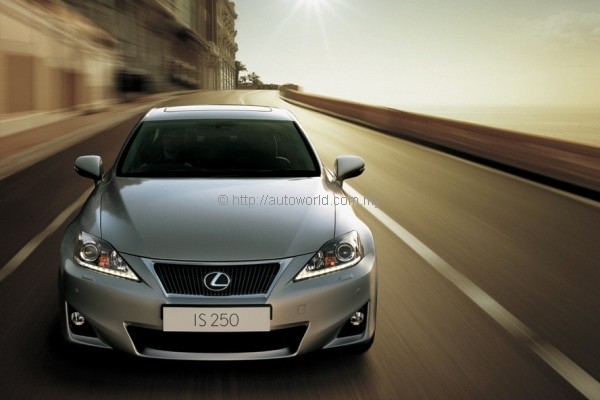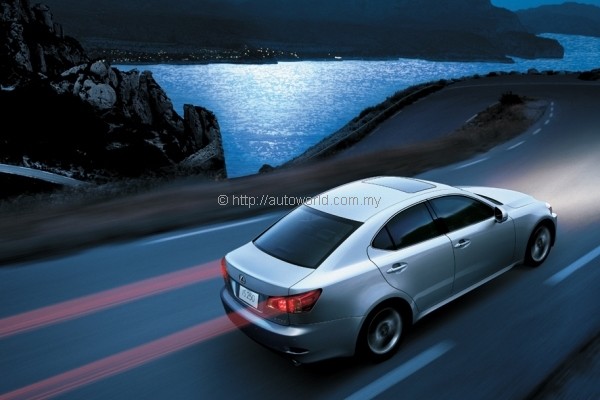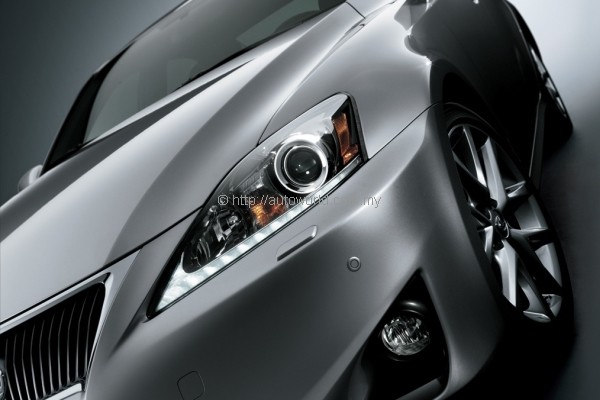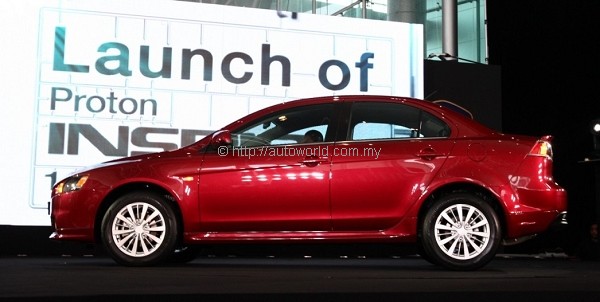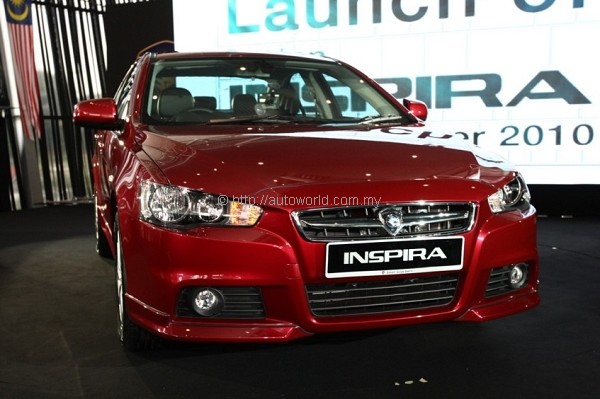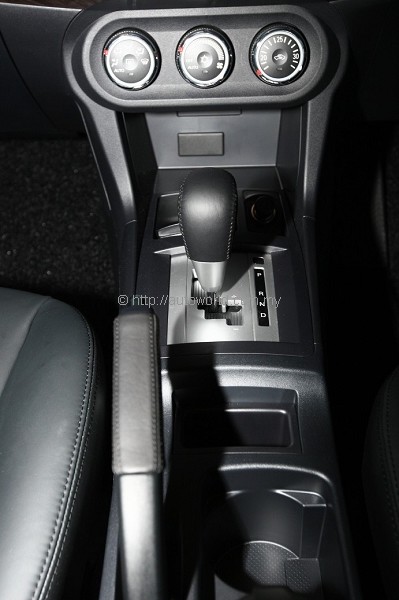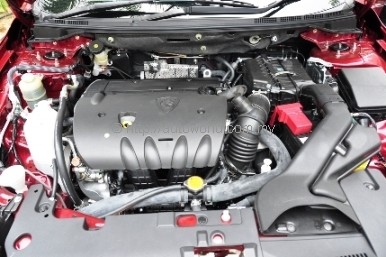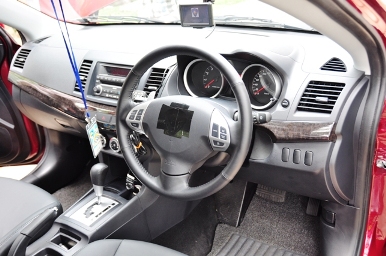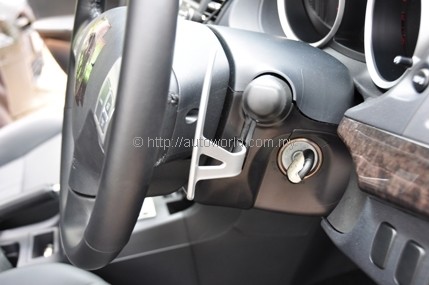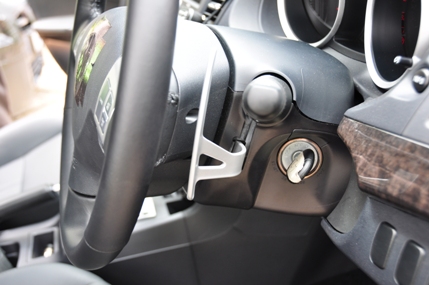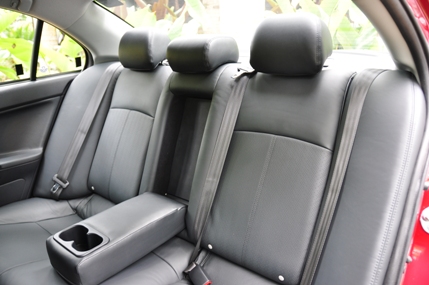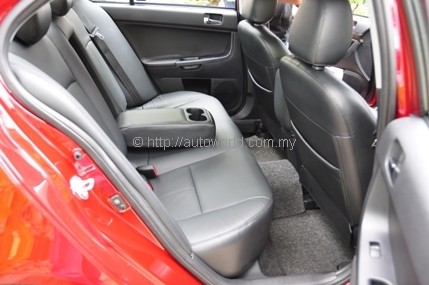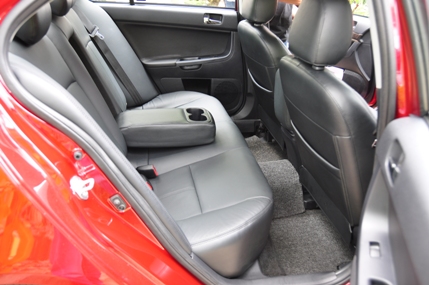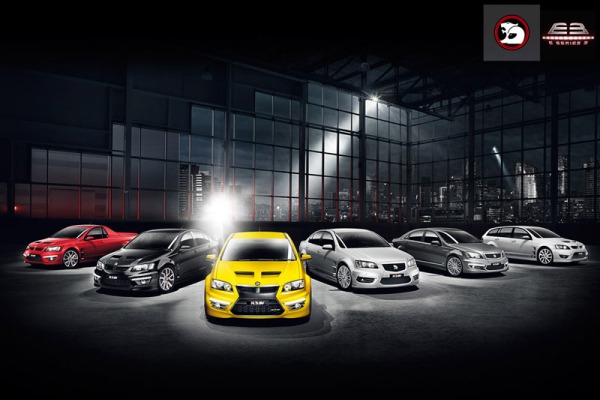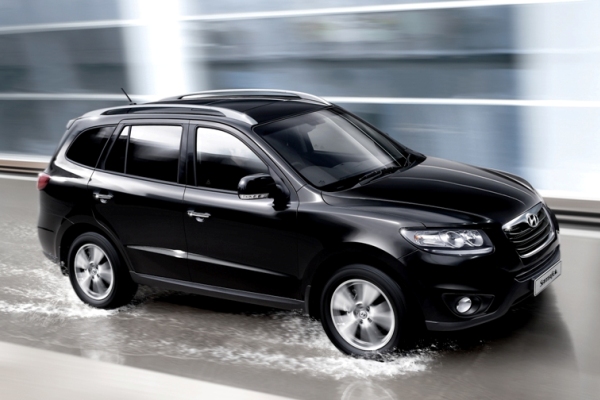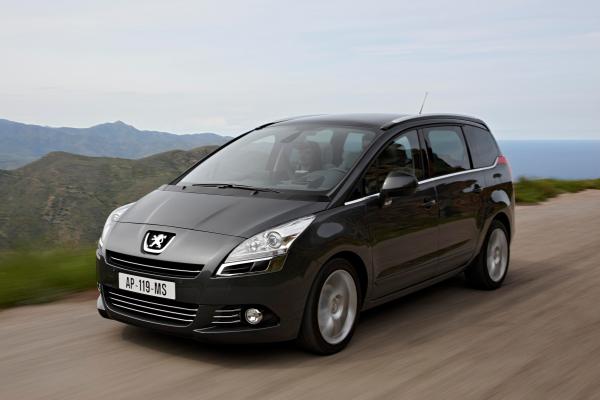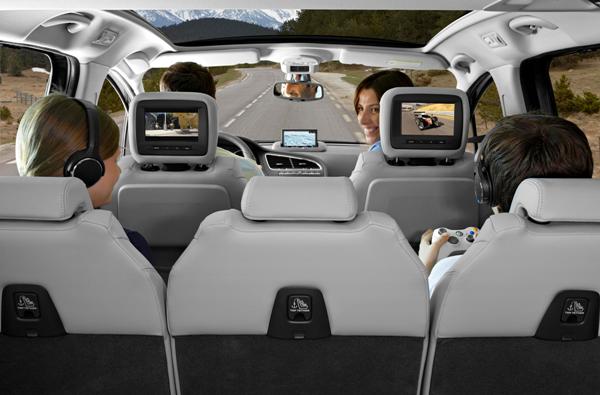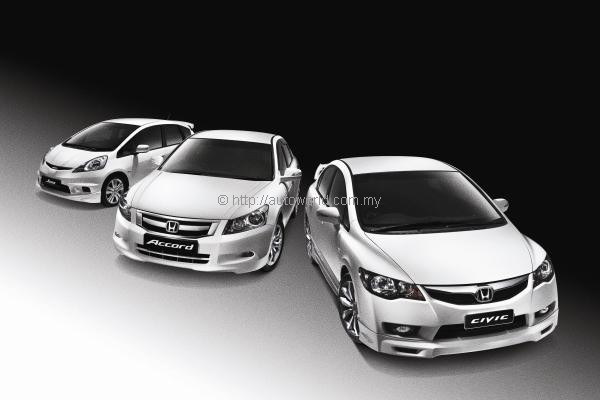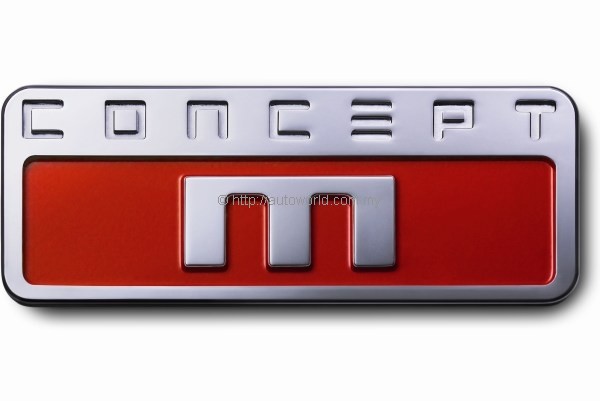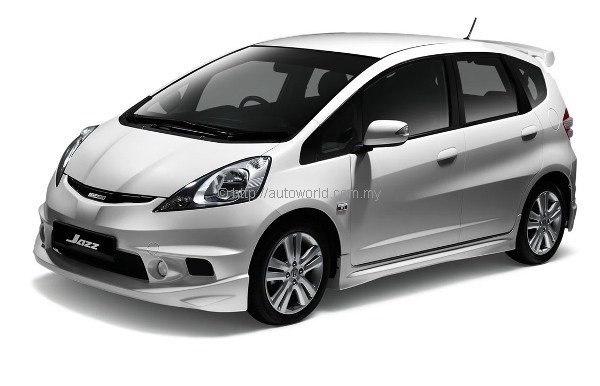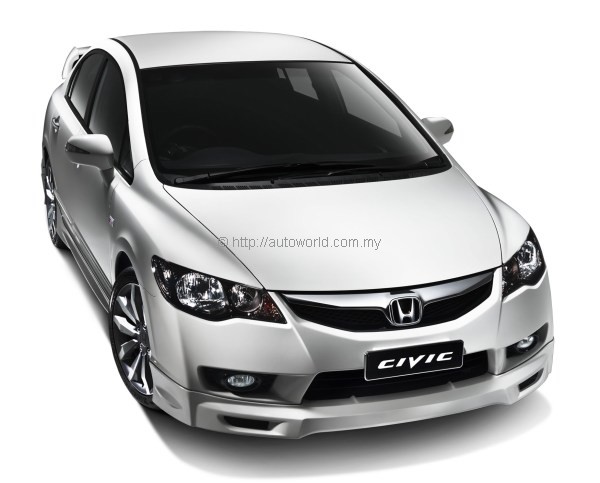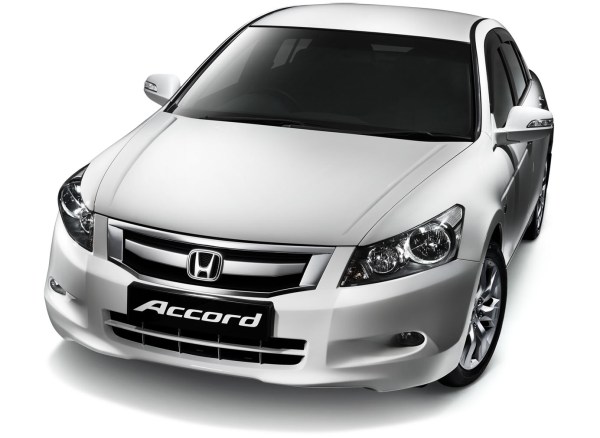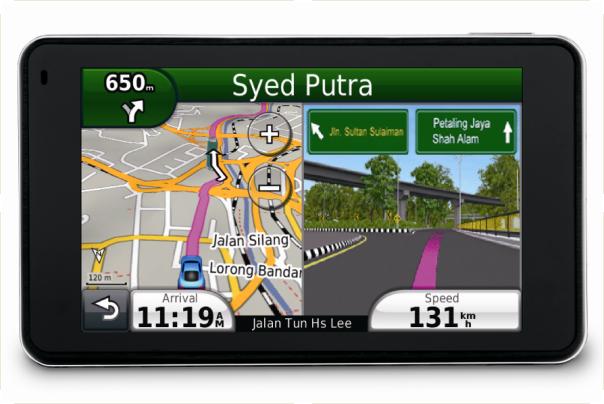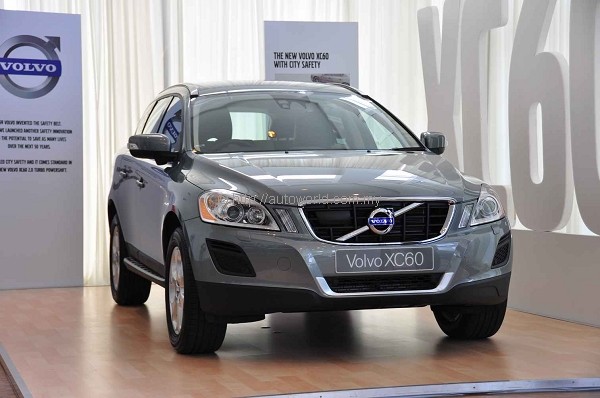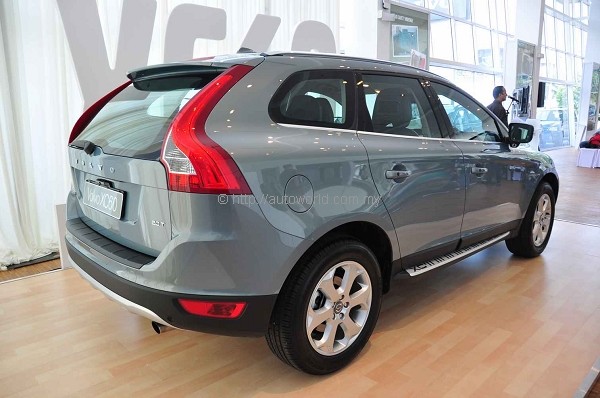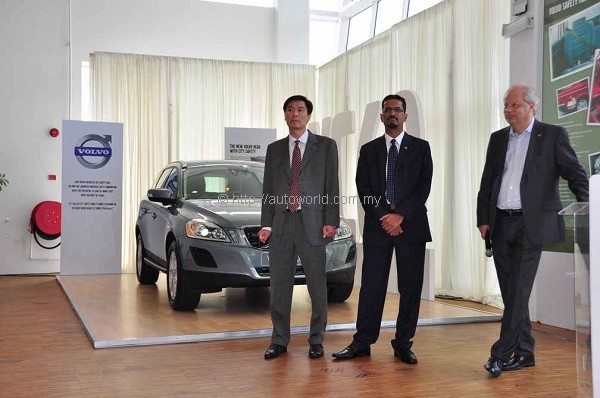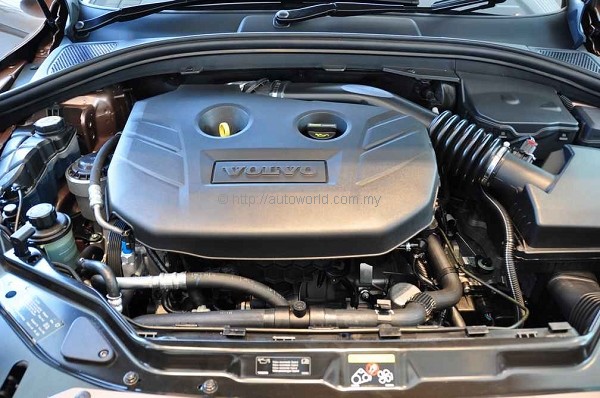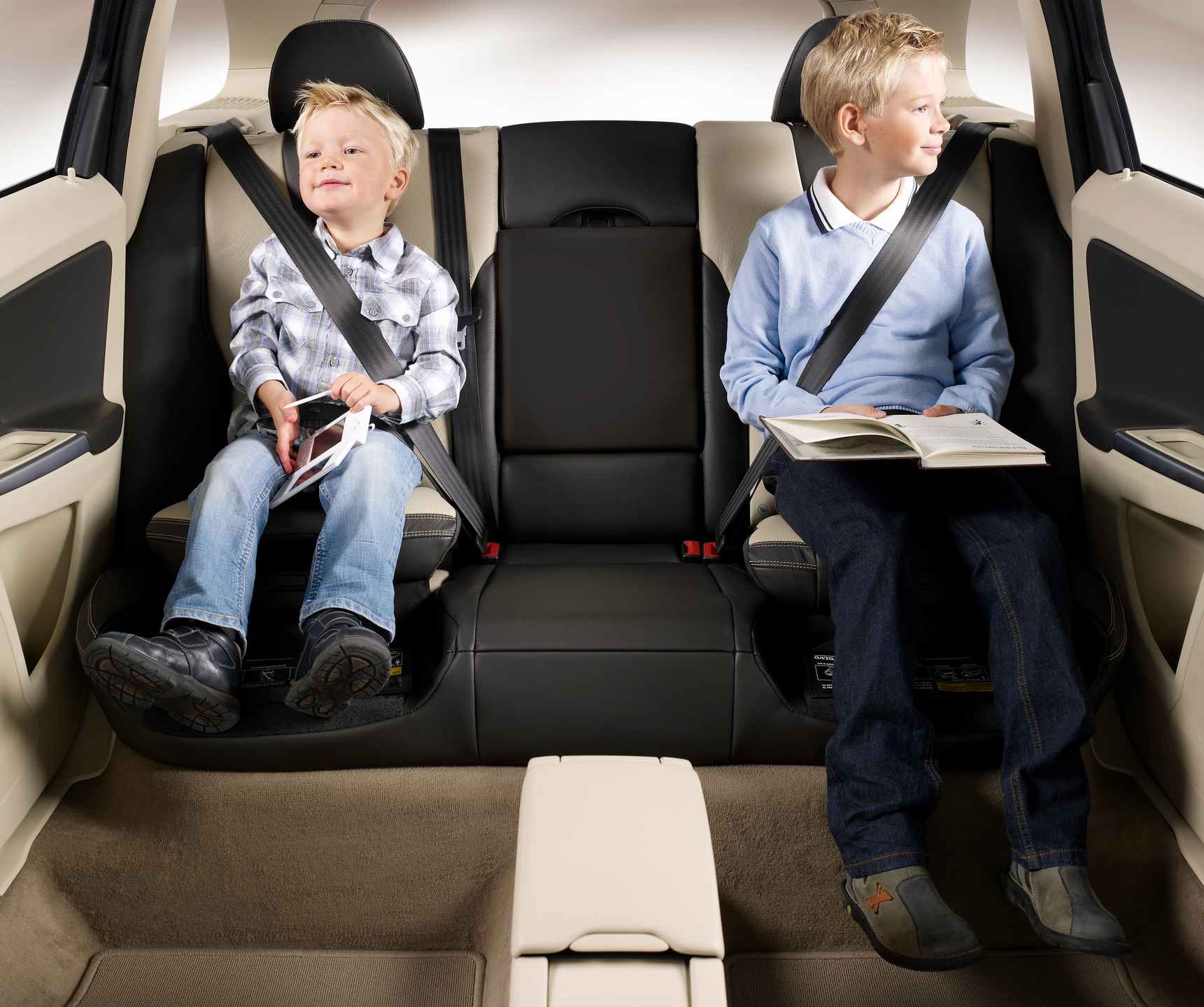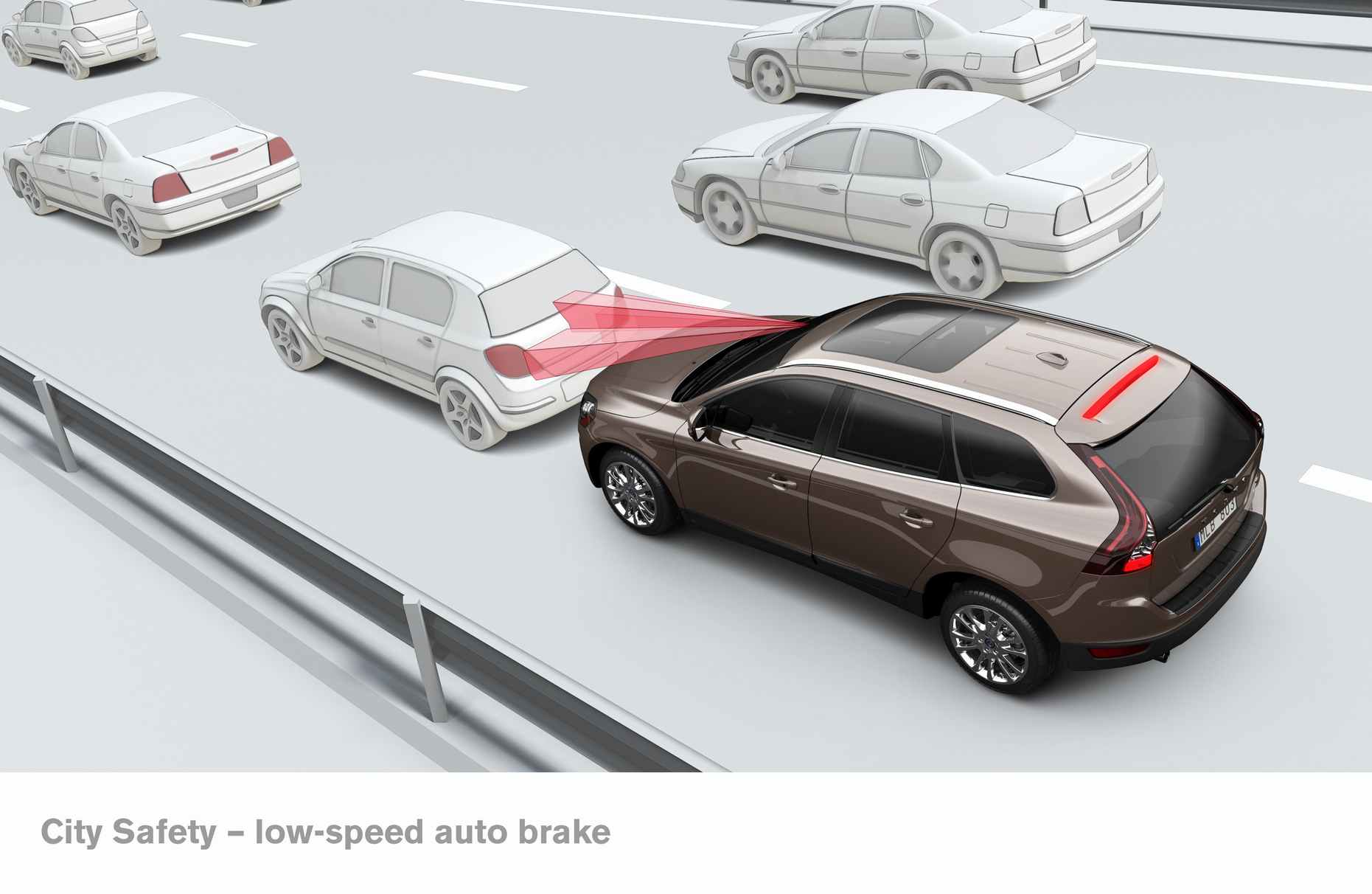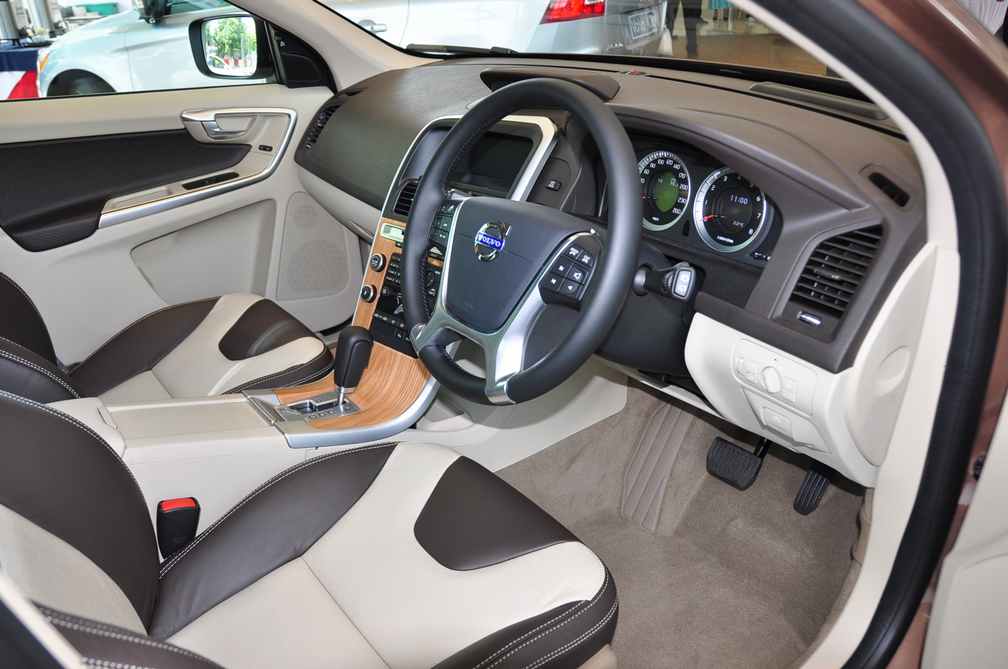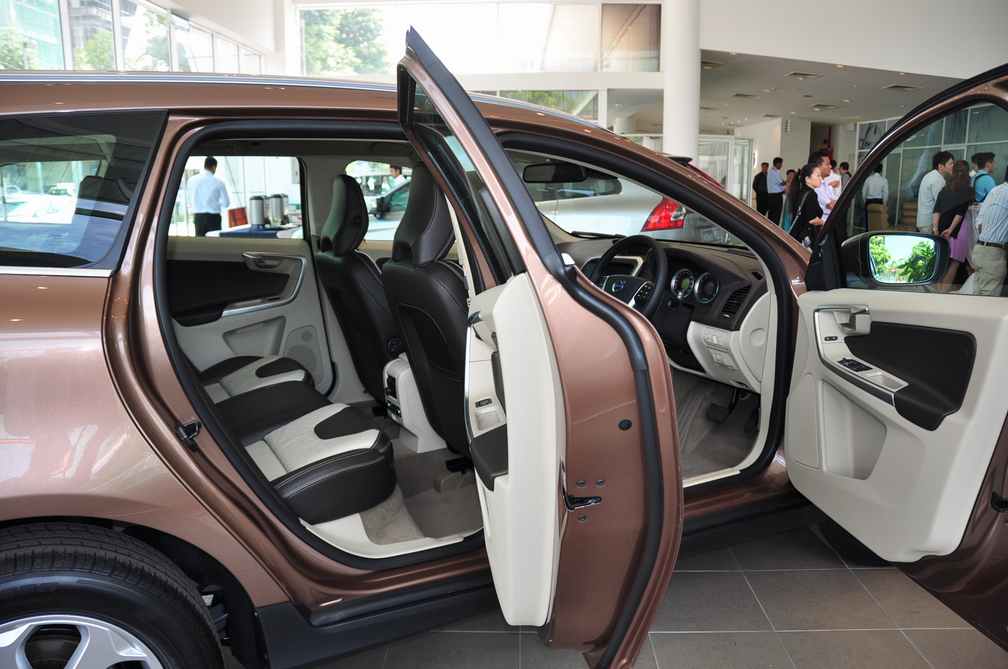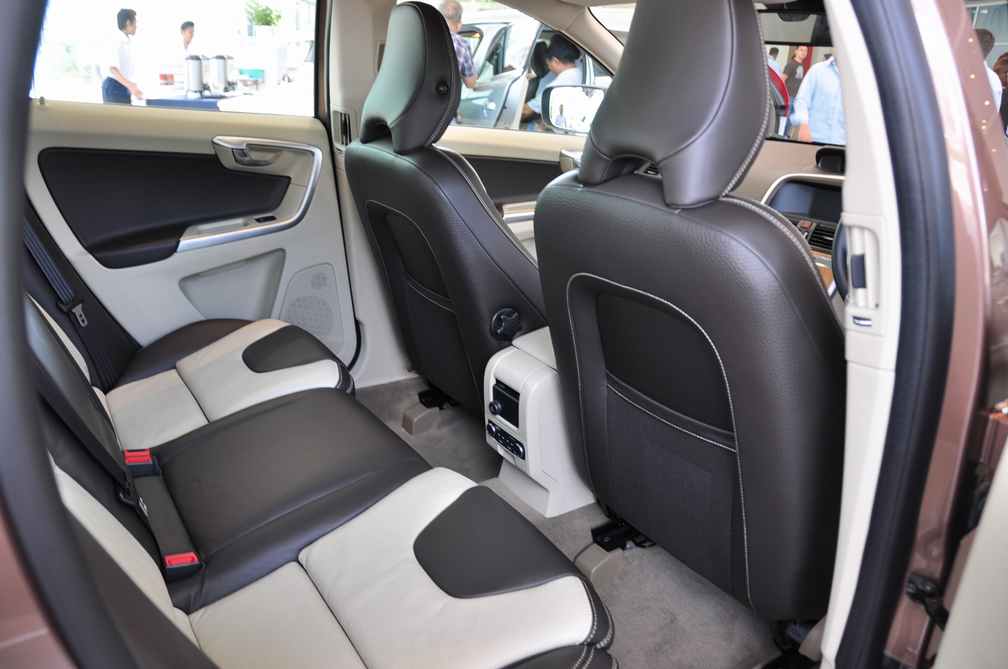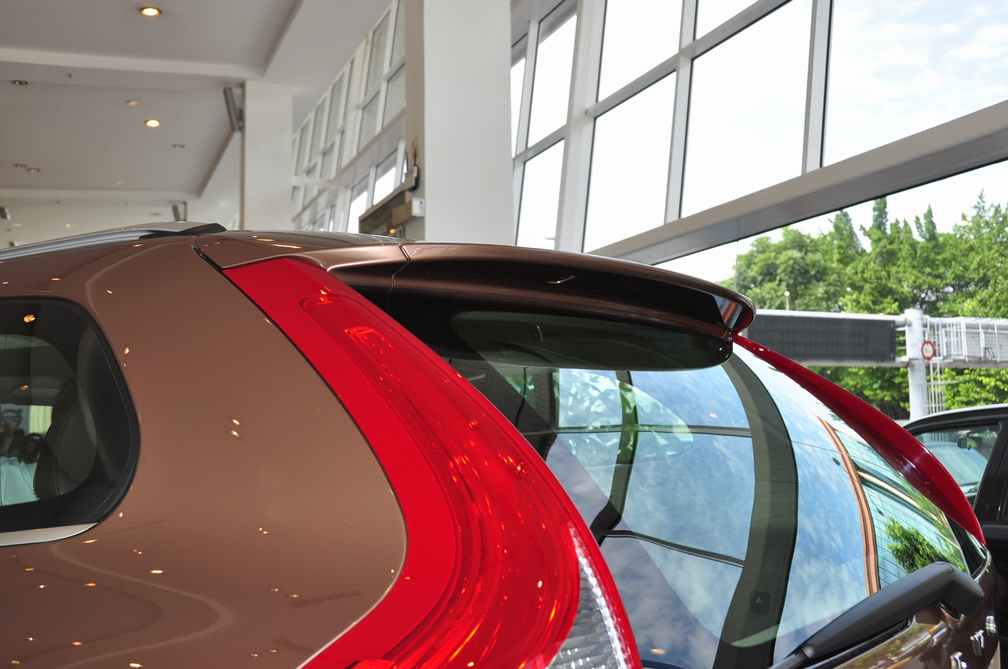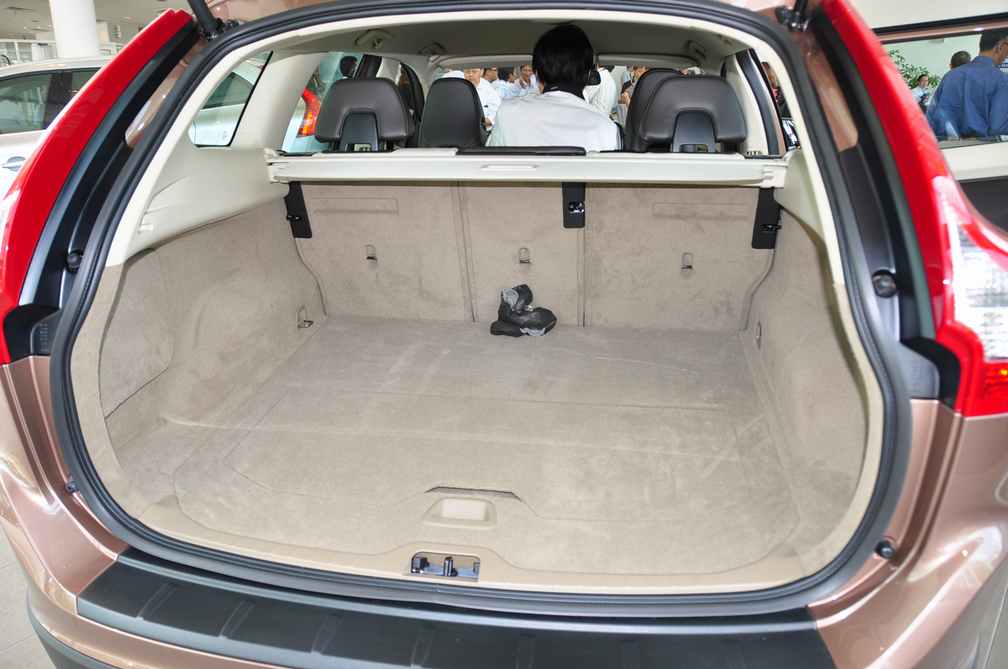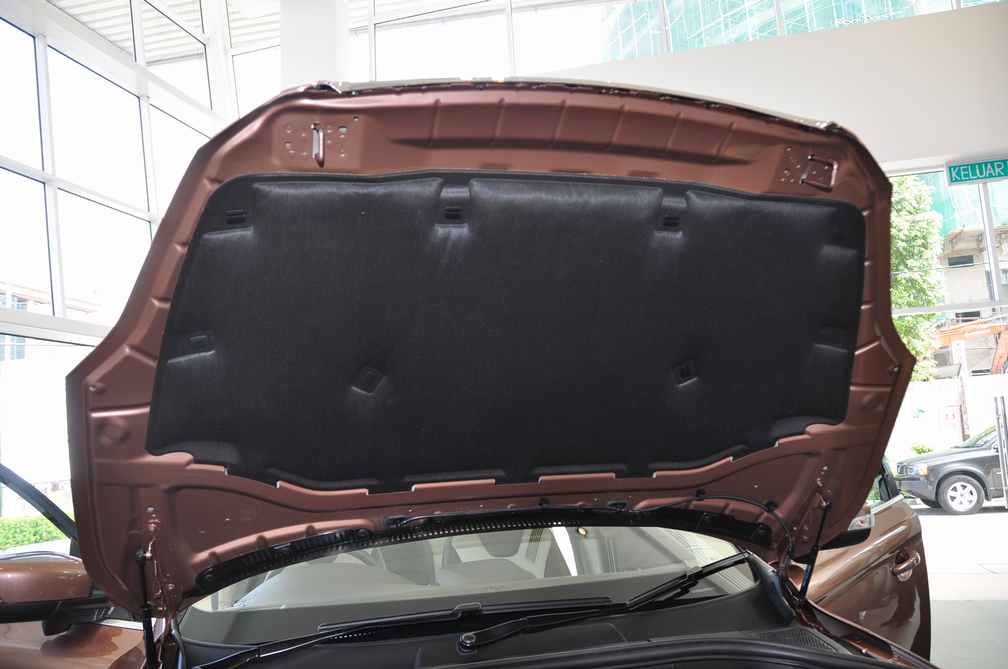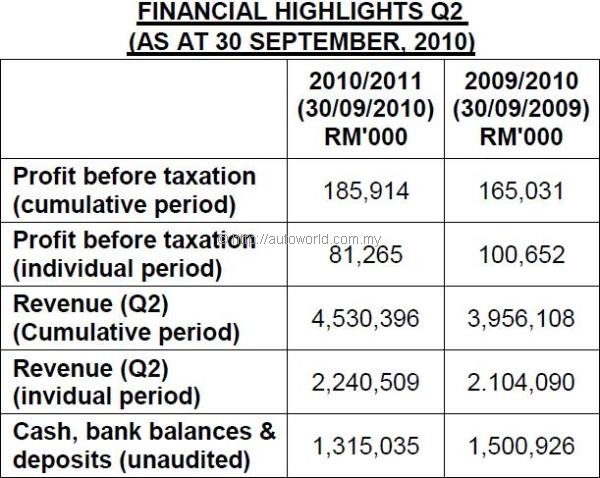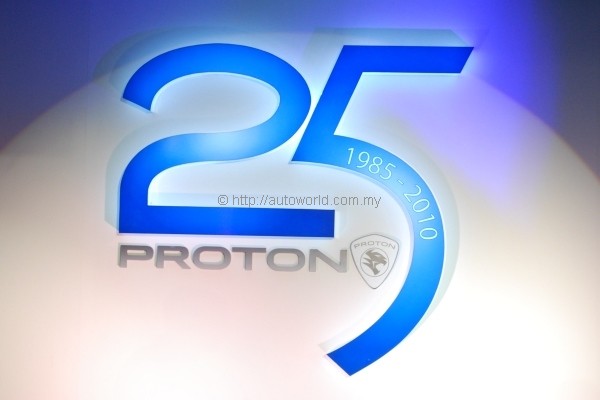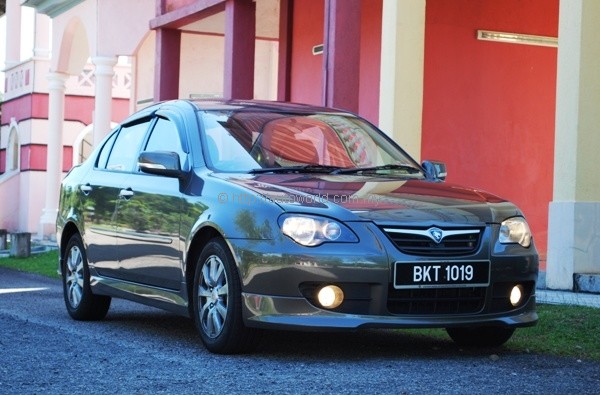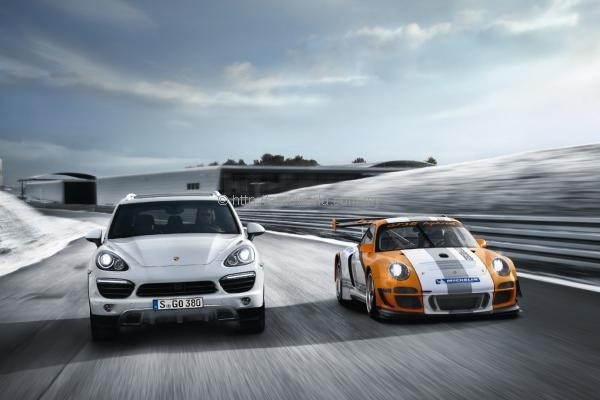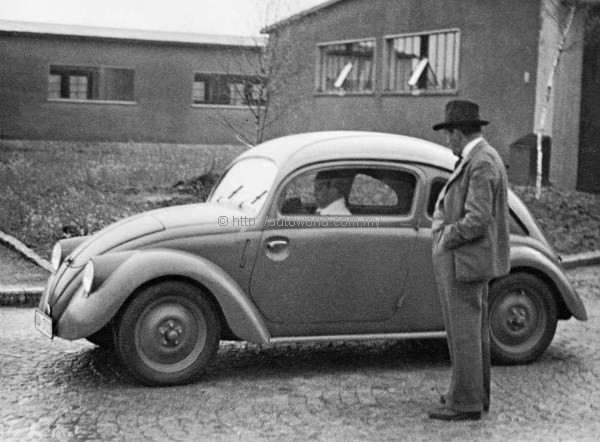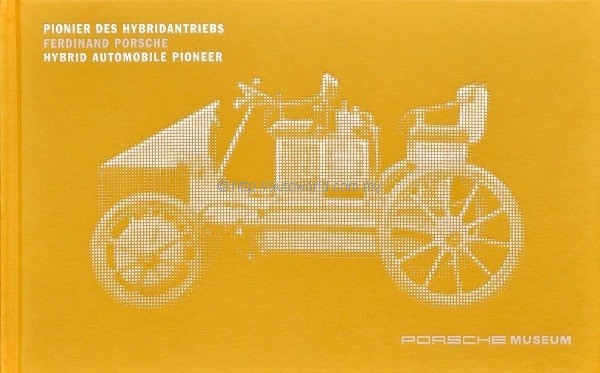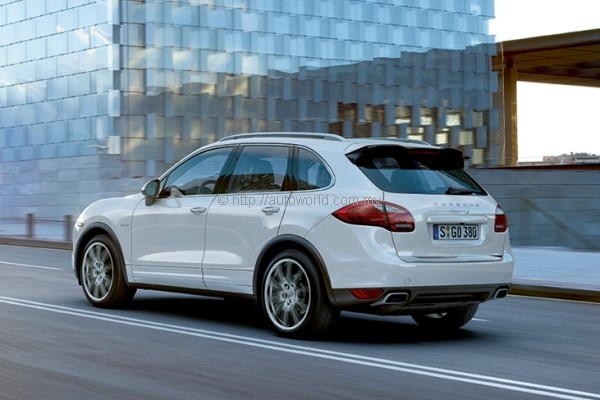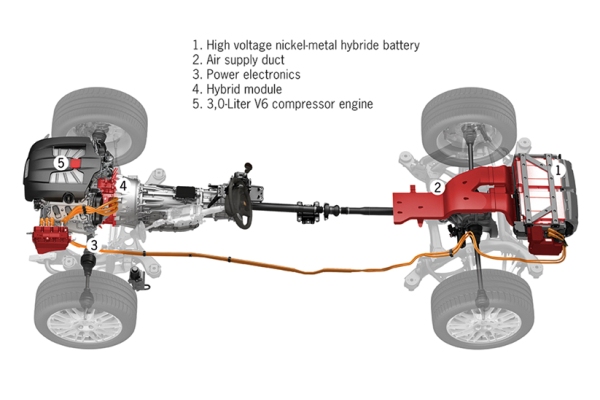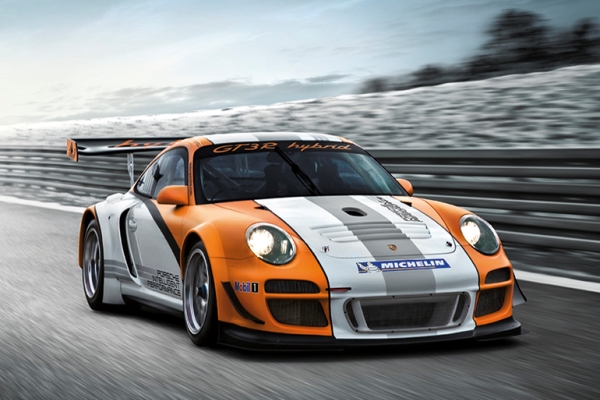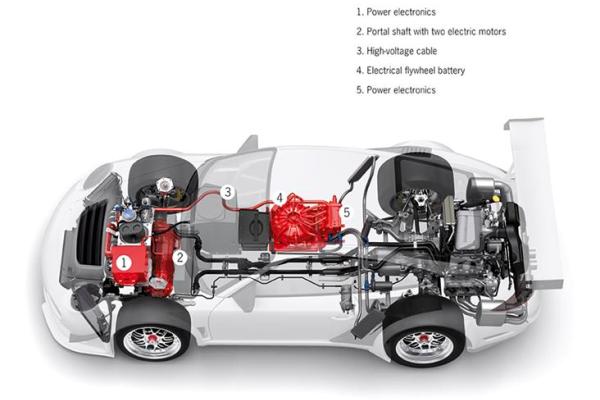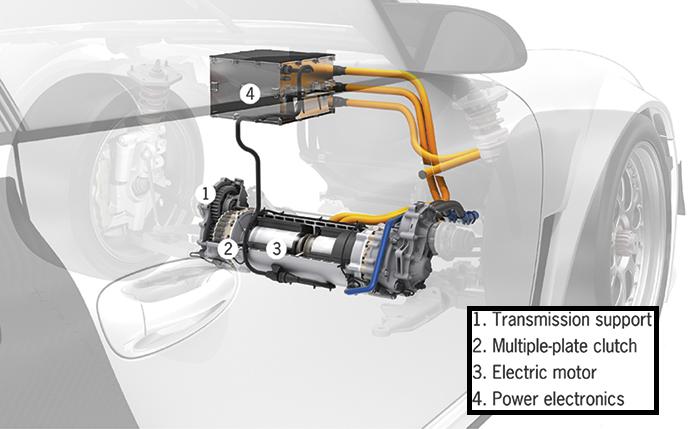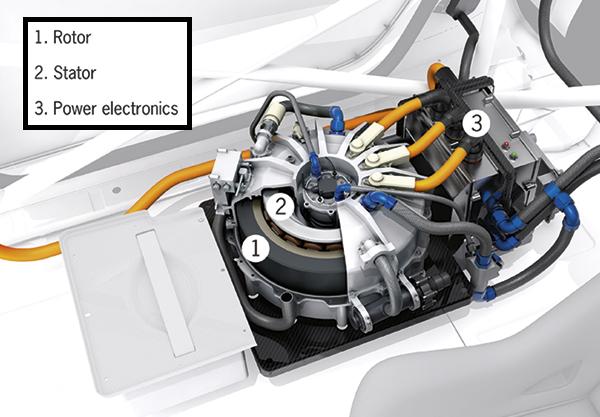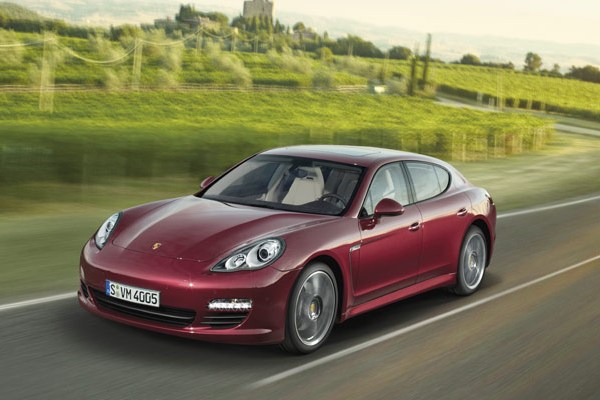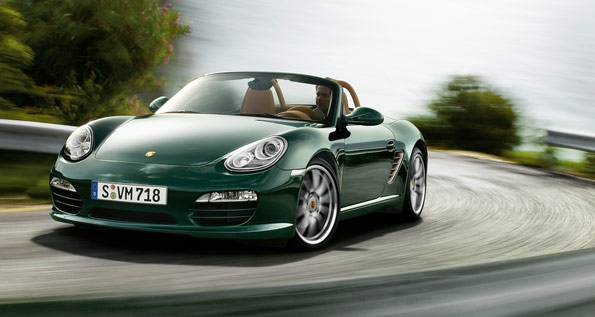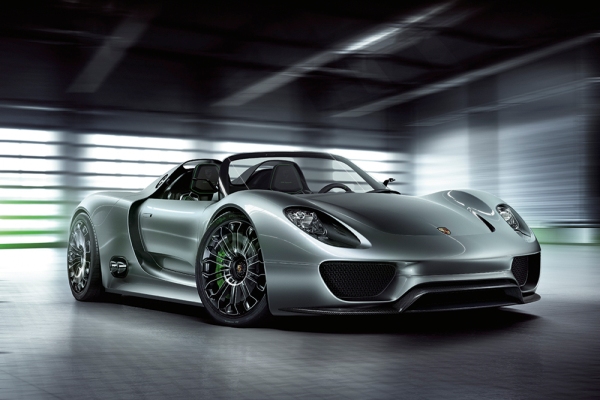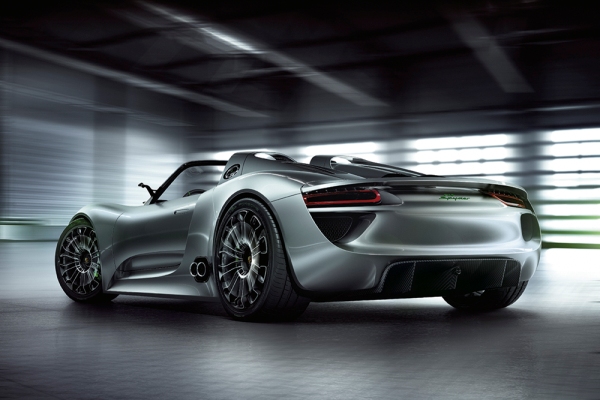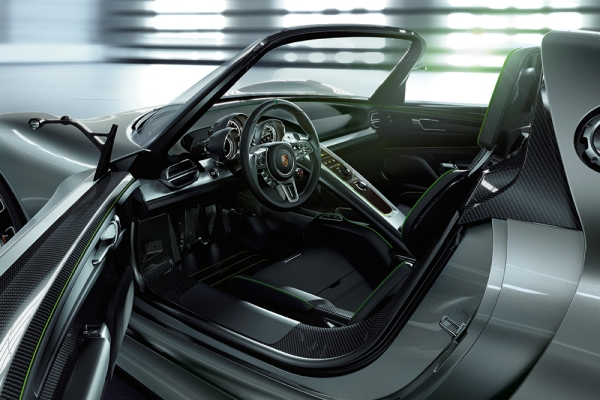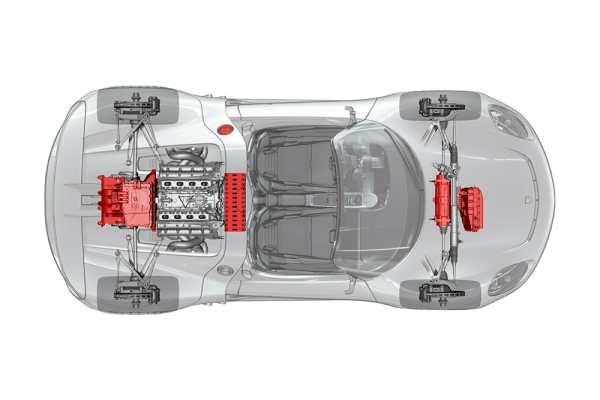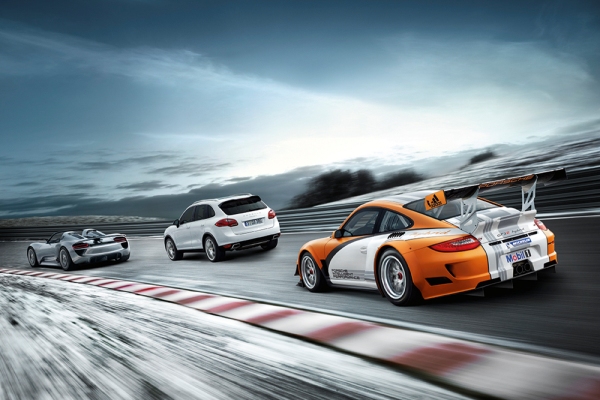Kuala Lumpur, November 25: Volvo Car Malaysia introduced the only locally-assembled luxury 5-seater SUV in the country, a new variant of the very stunning and safest Volvo to date – the XC60, only this time around, it comes with a 2.0 Turbocharged engine and Powershift transmission.
Assembled at Volvo’s plant in Shah Alam, the XC60 2.0 Turbo Powershift now joins the only other locally-assembled luxury SUVs in the country, the popular 7-seater XC90 2.5T petrol and XC90 diesel D5.
Deemed Volvo’s safest and most stunning car ever, the crossover XC60 is considered a ‘Perfect 10’ by Volvo themselves, and promises to be of high appeal to Malaysian SUV customers, like the fully-imported XC60 T6 variant, which is completely sold out.
“Worldwide, we had overwhelming response to the XC60, and it was no different in Malaysia,” said Volvo Car Malaysia President Mr Goran Larsson. “We expect an even better response to the XC60 2.0 Turbo Powershift, which is now the only one in its class to be locally-assembled.”
At the time of today’s launch, Volvo Car Malaysia has sold over 80 units of the XC60 2.0 Turbo Powershift in its pre-launch campaign since October 11, 2010.
Larsson said the 2.0 Turbo Powershift would more than satisfy discerning drivers looking for better fuel consumption and mileage in a SUV that’s instantly recognisable and desired, thanks to its sleek, sensuous and streamlined design.
“Add superb driving dynamics and innovative safety technology to the XC60’s looks and what you have is a competitively-priced package that car enthusiasts will find irresistible.”
A masterclass in design
The XC60 has sculptured, seductive design characteristics that make it stand out from the SUV crowd – the capable cross over muscles are pumped up, creating an athletic body with high ground clearance and flowing lines that create the sporty charisma of a coupe.
The large wheels, the bold wheel arches and the darker livery of the body’s lower section further enhance the muscular feel, while the dynamic, flowing lines of the greenhouse combined with its daring roof contour impart a sporty coupe feel to the upper part of the car. The rear design is characterised by tail lamps with micro-optics and LED technology.
The high-tech interior is driver-oriented and imparts a dynamic feel. The lines on the panels and surfaces connect the various interior panels with each other to create a harmonious style with “loops.” Thick and thin lines contribute to the XC profile.
The characteristic Volvo floating centre console is slightly angled towards the driver to enhance driver dynamics.
Powerful, fun and comfortable ride
The locally-assembled XC60 comes with a six-speed, dual-clutch Powershift, four-cylinder 2.0T GTDi (Gasoline Turbocharged Direct Injection) engine, which produces a generous 203 hp with 300 Nm of torque available from 1750 rpm.
With the XC60 2.0 Turbo Powershift, Volvo Car Malaysia is taking yet another step in offering cars that are fun to drive yet comfortable to ride. The XC60’s dynamic chassis setup means the car is precisely controlled and minimises roll tendencies even in demanding driving situations.
Safety at its best
The XC60 contains cutting-edge safety features that make this Volvo a must-have for those looking for a crossover SUV that provides the safest ride in town.
The XC60’s safety features include:
• City Safety – a world’s first safety technology that helps avoid low-speed collisions by automatically slowing or stopping the XC60. Standard on the XC60, City Safety automatically brakes the car if the driver fails to react in time when the vehicle ahead slows, stops or if the XC60 driver is driving too fast towards a stationary object. The system lessens or even avoids low-speed rear-end impacts at speeds up to 30 km/h.
• Collision Warning with Auto Break (CWAB) – If the XC60 approaches another vehicle from behind and the SUV’s driver does not react, the system alerts the driver with audible and visual signals. If the risk of a collision continues to increase despite the warning, the brake support system is activated.
• Adaptive Cruise Control (ACC) – Activates at speeds above 30 km/h to automatically adjust the car’s distance to vehicles ahead. ACC is adjustable to five different time intervals to the vehicle ahead.
• Dynamic Stability and Traction Control (DSTC) – helps reduce the risk of skidding by cutting the engine’s torque when necessary and applying braking power. The function has been further developed in the XC60 to register the car’s roll rate as well.
• Roll Stability Control (RSC) and Roll-Over Protection System – RSC is an active function that helps stabilise the car and reduces the risk of rolling over in an accident. If a rollover accident occurs, ROPS helps to protect the passengers.
“The XC60 is an exceptional Volvo,” said Larsson. “We are extremely proud of the XC60 and more importantly, customers around the world agree with us, making it the best-selling Volvo car in the world today.”
The Malaysian market
The XC60 2.0 Turbo Powershift is priced at RM281,950 (OTR, without insurance). Buyers will be able to see the new XC60 2.0 Turbo Powershift at all Volvo showrooms across Malaysia from Nov 25 onwards.




